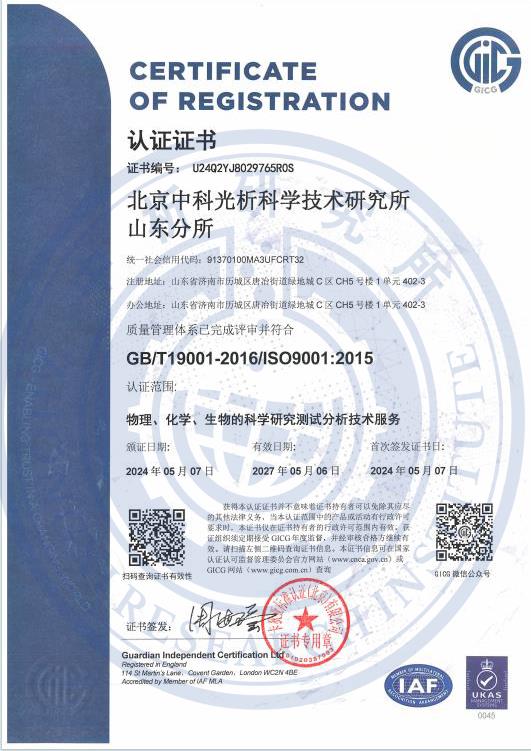球囊充压时间检测
1对1客服专属服务,免费制定检测方案,15分钟极速响应
发布时间:2025-08-03 08:27:32 更新时间:2025-08-02 08:27:32
点击:0
作者:中科光析科学技术研究所检测中心
1对1客服专属服务,免费制定检测方案,15分钟极速响应
发布时间:2025-08-03 08:27:32 更新时间:2025-08-02 08:27:32
点击:0
作者:中科光析科学技术研究所检测中心
Balloon inflation time testing is a critical quality control process widely applied in medical devices, industrial applications, and aerospace engineering. In medical cons, such as angioplasty balloons used in cardiovascular procedures, the inflation time directly impacts patient safety and procedural efficacy. A balloon must inflate rapidly to achieve therapeutic pressure without delays that could cause complications like tissue damage or incomplete dilation. Similarly, in industrial settings like pressure vessels or inflatable structures, precise inflation timing ensures structural integrity and operational reliability. This testing evaluates how quickly a balloon reaches its target pressure from a deflated state, accounting for factors such as material elasticity, valve efficiency, and environmental conditions. Accurate measurement helps manufacturers comply with safety regulations, reduce failure risks, and optimize product performance in real-world scenarios. The importance of this test cannot be overstated—deviations in inflation time can lead to life-threatening events in healthcare or costly breakdowns in industrial systems, making it essential for pre-market validation and routine maintenance.
Balloon inflation time testing encompasses several key items to ensure comprehensive evaluation. The primary focus is on the 充压时间 (inflation time), which measures the duration from the onset of pressure application to when the balloon achieves a specified target pressure (e.g., 8 atmospheres for medical balloons). This includes sub-items such as time-to-peak pressure, inflation consistency across multiple cycles, and pressure decay post-inflation to detect leaks. Other critical aspects may involve assessing inflation uniformity under variable conditions, such as temperature or humidity changes, and verifying that the balloon maintains structural integrity without over-expansion or rupture. These items collectively ensure the device's reliability, safety, and compliance with performance benchmarks.
A range of specialized instruments is required for precise balloon inflation time testing. Key devices include digital pressure transducers to monitor real-time pressure changes with high accuracy (e.g., up to 0.1% full-scale error), electronic timers or data loggers to record inflation duration in milliseconds, and automated inflation systems like syringe pumps or pneumatic controllers that apply consistent pressure inputs. Additional instruments may consist of environmental chambers to simulate temperature and humidity variations, leak detectors for verifying seal integrity, and high-speed cameras for visual validation of inflation dynamics. Industry-standard equipment often integrates with software platforms (e.g., LabVIEW) for data acquisition and analysis, ensuring repeatable and traceable measurements.
The testing method for balloon inflation time involves a systematic, step-by-step approach to guarantee accuracy. First, prepare the balloon sample by ensuring it is clean, deflated, and mounted in a controlled fixture. Connect it to the inflation system with calibrated instruments. Second, initiate the test by applying a constant pressure source (e.g., compressed gas or liquid) at a preset rate; record the start time using the timer when pressure begins to rise. Third, monitor pressure sensors continuously until the target pressure is reached, capturing the end time. Fourth, repeat the process multiple times (e.g., 10 cycles) to assess consistency and average the results. Throughout, maintain environmental controls and document any anomalies. Post-test, analyze data for deviations and perform failure mode checks, such as leak detection via pressure hold tests. This method ensures robustness and minimizes human error.
Balloon inflation time testing adheres to established industry and regulatory standards to ensure global consistency and safety compliance. Key standards include ISO 10555-5 for intravascular catheters, which specifies requirements for inflation performance and timing tolerances (e.g., inflation within 5 seconds for certain medical balloons). Other relevant standards are ASTM F2394 for balloon expansion force and time measurement, and FDA guidelines like 21 CFR Part 820 for quality system regulations. Standards often mandate specific criteria, such as inflation times not exceeding defined limits (e.g., <3 seconds for rapid-deployment devices) and require validation through statistical analysis. Adherence to these standards is enforced through audits and certifications by bodies like the CE or ISO, ensuring products meet rigorous safety and efficacy benchmarks.
In summary, balloon inflation time testing is vital for product safety and performance across industries. By focusing on precise items, advanced instruments, standardized methods, and strict standards, manufacturers can achieve reliable results that enhance innovation and protect end-users.

证书编号:241520345370

证书编号:CNAS L22006

证书编号:ISO9001-2024001















版权所有:北京中科光析科学技术研究所京ICP备15067471号-33免责声明